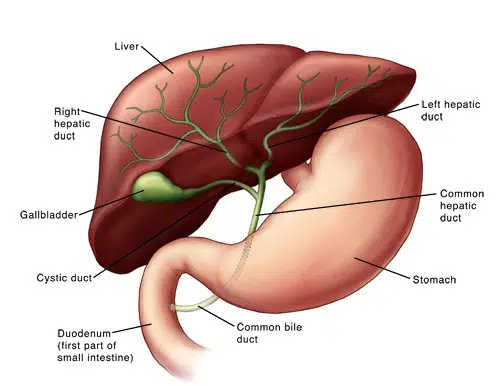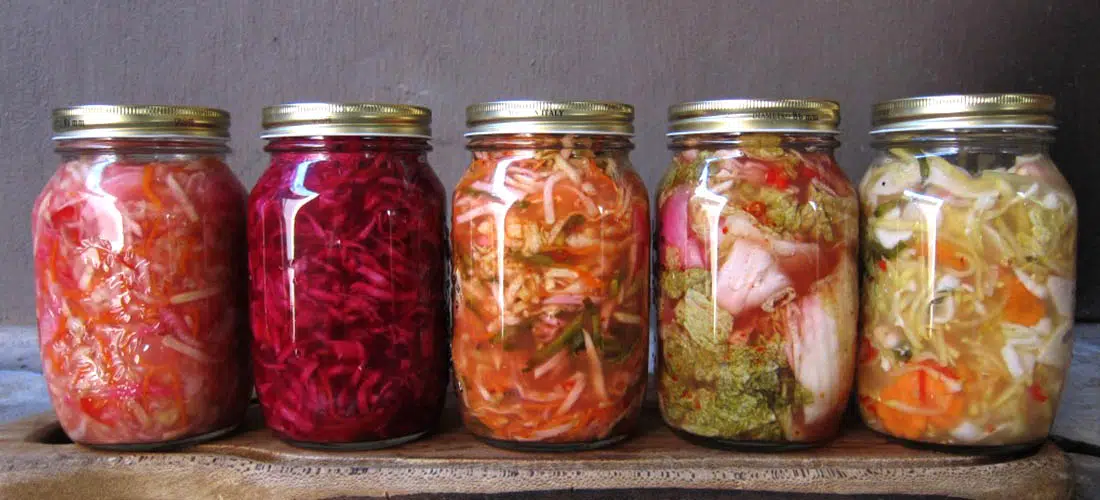The microbiome continues to dominate the research front. That 5 pounds of microbial life that inhabits our digestive tract is far more responsible for our health, most people would ever guess. It’s composition and how various populations of microbes relate to one’s risk of particular conditions is being intensely studied. While some of the research surrounding specific microbiome profiles (diversity, presence of larger families of bacteria, or the numbers of potentially pathogenic strains for instance) is preliminary and limited to associations, many microbiologists and microbial experts believe that there is a great deal we can now say with confidence. Continue reading





